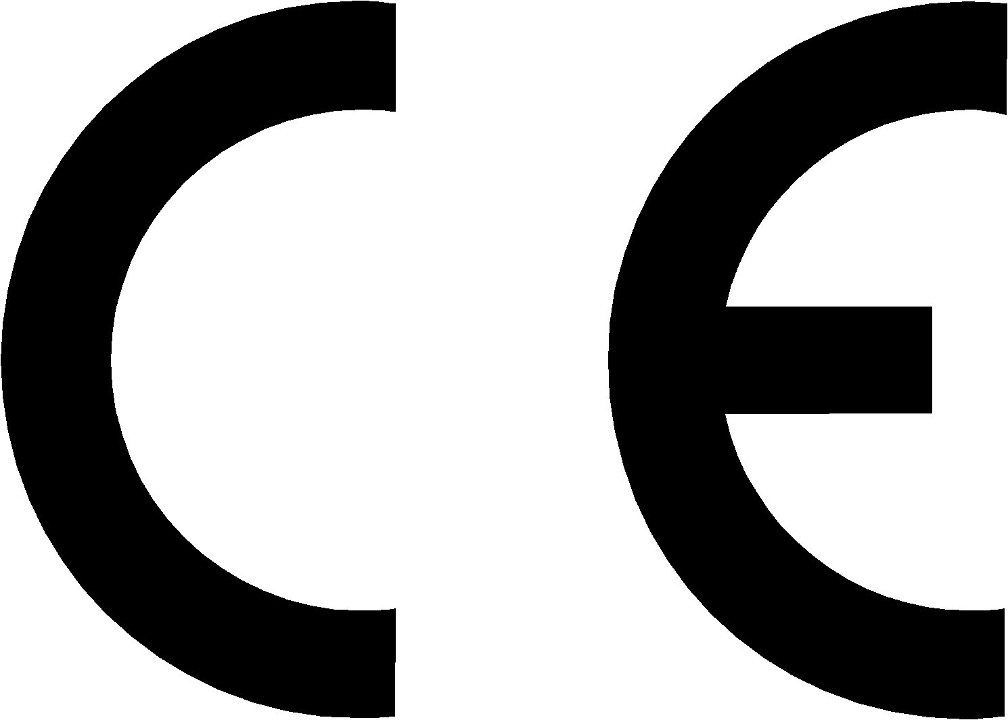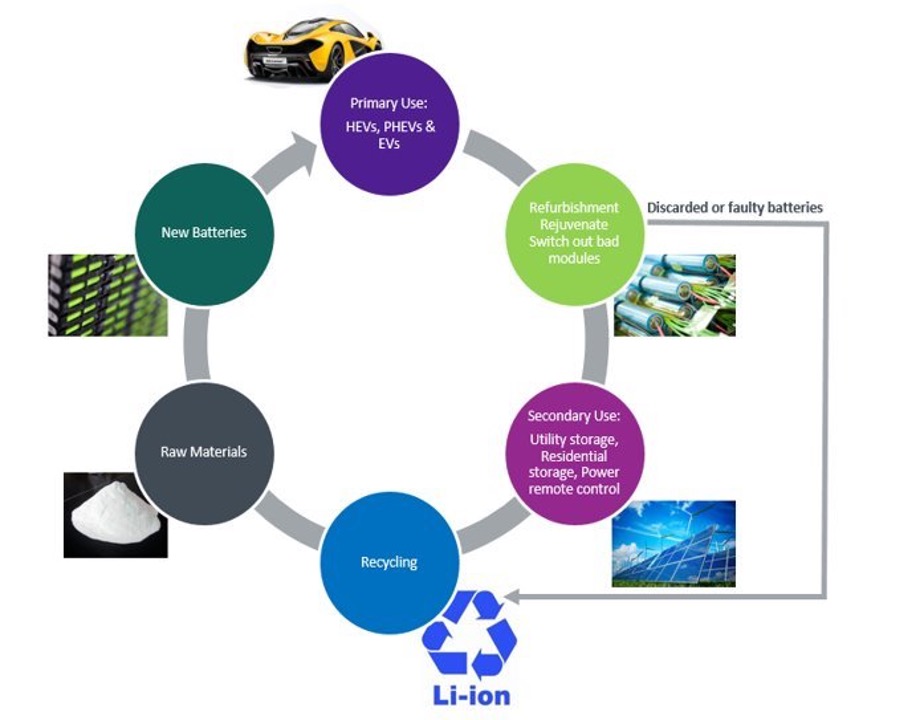5 Factors to Consider with the New EU Battery Regulations
The European Union (E.U.) has implemented new regulation of the lifecycle of batteries to better protect the environment and customers with the E.U. battery regulations EU2023/1532. These new regulations address several critical aspects of battery design, safety, recycling, and traceability. As the demand for batteries continues to rise, these updated standards are crucial for original equipment manufacturers (OEMs) to understand and comply with. This article provides an overview of these regulations and the key requirements that battery manufacturers and users must navigate.
1 | EU Battery Regulation Requirements for Safety
The purpose of the E.U.’s new battery regulations is to ensure that batteries do not have adverse effects on people or the environment. The sustainability and the safety of batteries is at the core of the regulations, and this includes preventing heat and fire propagation by design, and providing evidence of compliance by testing. This can be demonstrated by the use of existing standards, such as ISO 62619 and UNECE Regulation 100 R03, both of which specify rigorous testing methods to mitigate the risks. These standards require manufacturers to apply a consistent method for testing battery performance and safety under extreme conditions.

To meet regulatory requirements, manufacturers must now apply a CE mark, which signifies that the battery complies with E.U. safety and environmental standards. The CE mark ensures that batteries meet or exceed the safety standards set by these regulations.
2 | Battery Recycling: New Requirements & Higher Targets
The E.U. Battery Regulations place heavy emphasis on battery sustainability. New, higher recycling targets are soon to be put in place, with an aim to recover and reuse a significant portion of materials from used batteries. Automotive battery manufacturers, for example, are now required to establish efficient take-back systems for waste batteries. These systems must ensure that batteries are properly recycled, reducing waste and mitigating the environmental impact of battery disposal.
By requiring manufacturers to comply with more stringent recycling processes, the E.U. seeks to address the growing environmental concerns surrounding battery waste. Manufacturers will need to work with approved recyclers who adhere to these updated standards to ensure compliance. This escalation toward higher recycling targets also aligns with the E.U.’s broader goal of promoting a circular economy by reducing reliance on raw materials and limiting waste generation.

3 | The Battery Passport: What OEMs Need to Know
A novel concept introduced by the E.U. battery regulations is the battery passport. This digital record holds critical information about a battery’s composition, performance, and enables tracking and tracing of batteries. The aim is to enhance transparency, allowing both consumers and regulators to track the lifecycle of batteries and ensure compliance with environmental standards.
For OEMs, the battery passport represents an important tool to verify the sustainability of their products. This passport can be stored digitally, either within the battery system itself or as a digital record maintained by the supplier, similar to a vehicle’s service history. In practical terms, OEMs must ensure that they can provide comprehensive information about their batteries, from initial production to end-of-life disposal, in line with the E.U.’s reporting and traceability requirements.
4 | Improved Battery Safety: Standardized Testing Protocols
The new regulations improve battery safety by requiring manufacturers to adhere to standardized testing protocols in order to affix the CE mark. These regulations apply to different stages of battery production, including cells, cell modules, battery systems, and OEM and end-user applications.
By enforcing a standard testing method testing, the regulations ensure that manufacturers can consistently compare battery products. This allows for greater reliability in product performance, enhances consumer confidence, and ensures that all batteries meet the same safety thresholds for performance and environmental impact.
5 | Key Considerations for OEMs in Battery Selection
When selecting a battery for an application, OEMs must ensure that the battery is well-suited for its intended purpose. While some batteries may seem appealing because of their lower initial cost, they may not always meet the specific performance requirements of the application. The new E.U. regulations require manufacturers to carefully consider performance parameters, including cycle life, calendar life, and overall total cost of ownership.
It is essential to evaluate the upfront cost of the battery and its expected lifespan and performance over time. A lower-cost battery that fails prematurely can result in significant long-term costs, both in terms of replacement and potential damage to the system in which it is used. OEMs must also ensure that the manufacturer is adhering to the existing and new regulations.
In addition, the security of the supply chain is becoming increasingly important. As the battery market evolves, OEMs must secure reliable suppliers to ensure a steady and dependable source of batteries. After-sales support and customer service are also critical because OEMs will need to provide ongoing maintenance and troubleshooting to ensure the continued performance and safety of the battery systems.
A Traceable & Comprehensive Approach to the EU Battery Regulations
The new E.U. battery regulations (EU2023/1532) reflect a comprehensive approach to improving battery safety, sustainability, durability and traceability. Manufacturers and OEMs must adjust their practices to comply with these regulations, particularly in areas like heat and fire safety, recycling, and product transparency. The introduction of the battery passport and increasing recycling targets will play a pivotal role in ensuring the long-term sustainability of the battery industry. By following these updated regulations, OEMs can help create safer, more efficient, and environmentally friendly battery technologies for the future. You can learn more by watching this educational webinar.
Special thanks to Seth Yates for his help with this article.